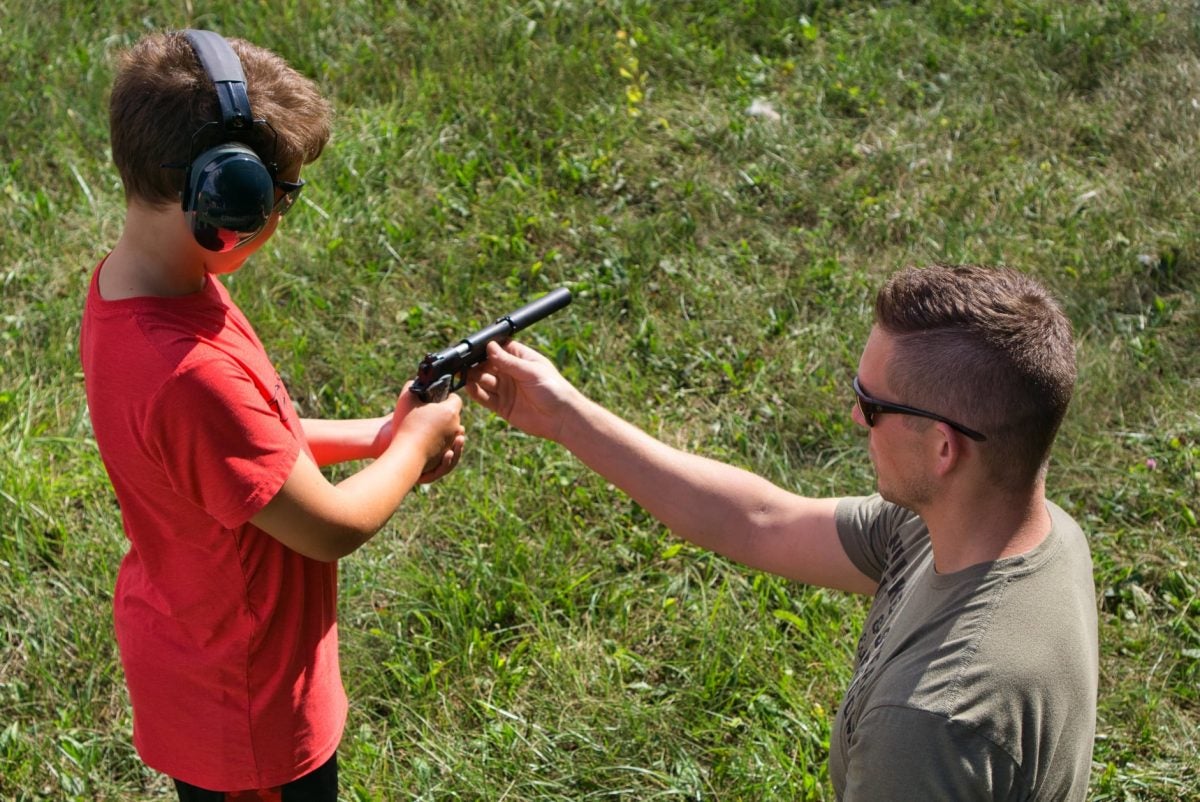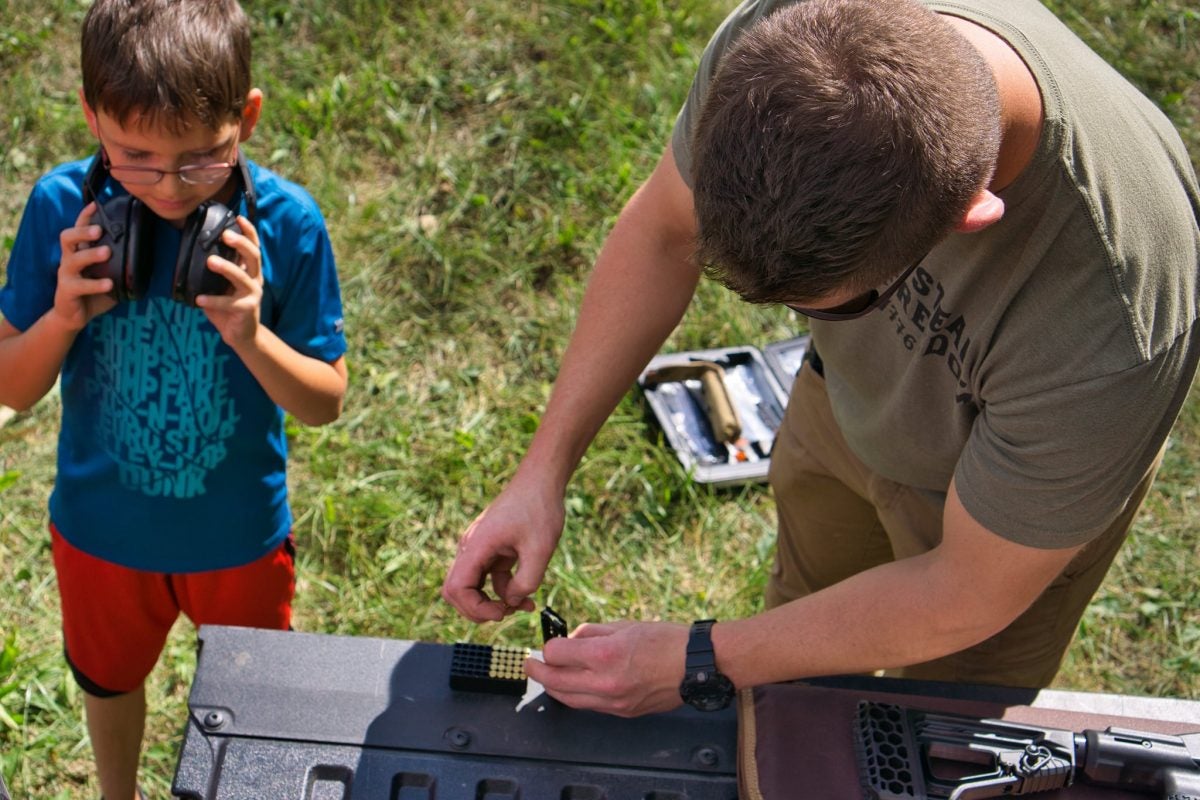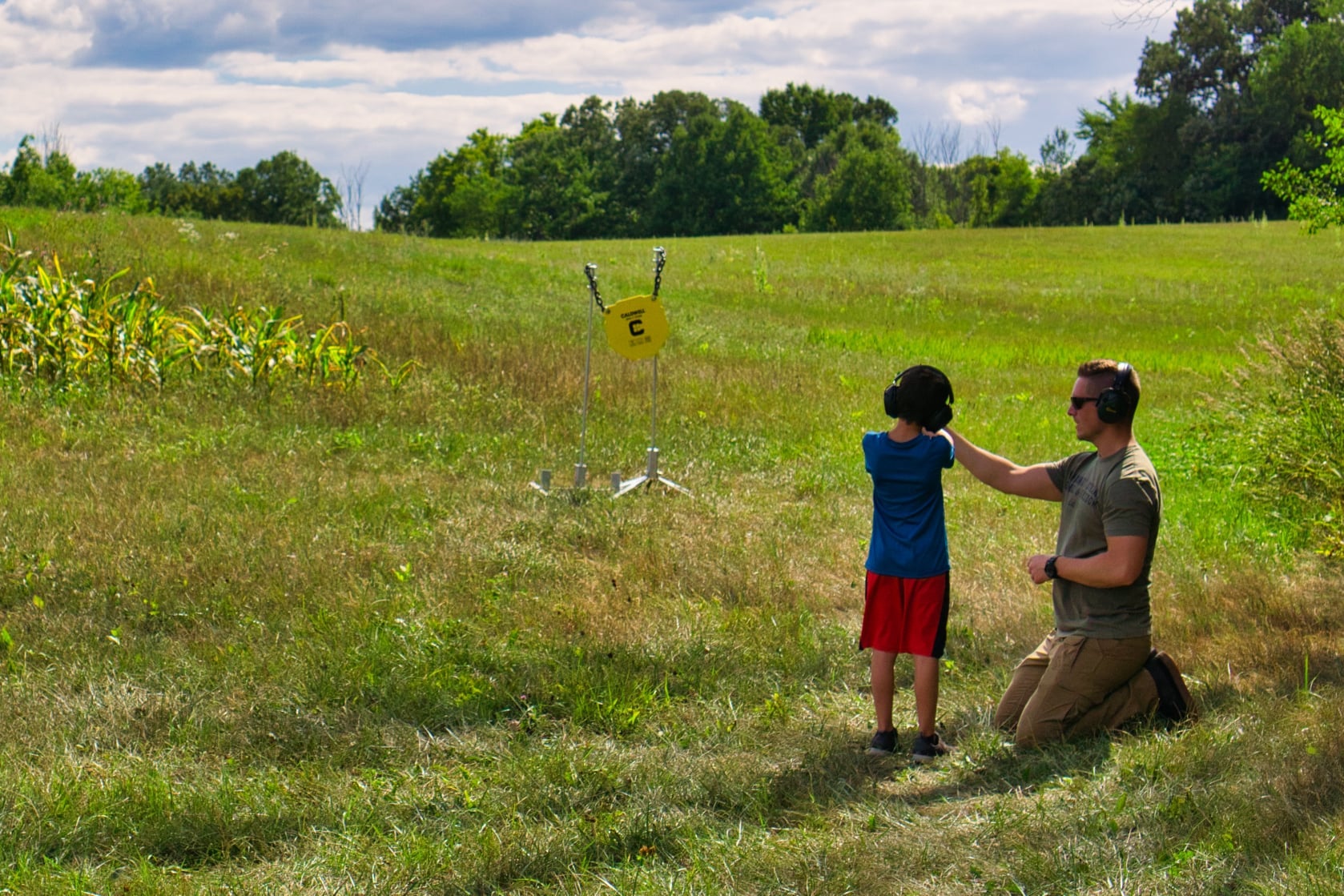Teaching Others about Firearms – The First Question to Ask
Phil Godding 01.10.22

You will find out more about me later, but for now, let’s just say I came to appreciate firearms later in life. I have been a professor, teacher, consultant, writer, and instructor for decades. My gun instruction time has only been in the last third of my life, but I know about instruction. Of all the things I could teach outside of a university, why pistols? One of the things I enjoy most is being the person to introduce new shooters to their first planned, guided, and carefully executed trigger pull. Nothing grows confidence (my goal in teaching new shooters) as well as going from I’m afraid to touch that thing because it is dangerous to where do I buy one of these? To get from the former to the latter statements, the first question (or two questions) need to be answered by the instructor:
- What does the student want to know?
- What do I need to teach you now?
These two questions contrast your relative wealth of experience with the inexperience of your newfound protégé. The first question is spoken out loud, by you, and let’s the student or neighbor or friend show you where they are starting from in terms of experience and expectations: “What do you want to know?” Just the other day I was in a neighbor’s garage and noticed something with skis and a circular tread, but it didn’t look like any snowmobile I’d ever seen before. As soon as I said “could you explain to me” I was in for a quick download of information. I enjoyed being the student (although you won’t catch me going 80 MPH on a snowmachine) and my neighbor loved answering questions. The external dialog is easy to follow and should put the curious student at the center of your attention.
The second question is entirely in your head and is much harder to answer. So, how about we start with the first question.
What do you want to know? No one answers the first question with “please tell me the four safety rules.” From what my friends with FFLs tell me their inventory is flying off the shelves almost as fast as toilet paper and white rice. Nobody asks the safety question when buying! I am guessing the new gun buyer often asks “is this a good one?” I’m hoping the sales professional response is “What do you want to know?”
We know there are several million new gun owners who need some careful instruction. You and I can provide that instruction if we ask that all important question: What do you want to know? You have seen them at the gun counters, or maybe in your garage or at your reloading table or like I’ve seen at my classes, they point and gingerly ask “Can I hold that?” or “Can I touch that?” What they are likely really asking is “Should I be afraid and will you make fun of me for asking dumb questions?” This may be a case where the question asked is not the question asked. This is where some follow up questions might be in order. Some gentle probing by the expert in the room (that would be you) all without picking up the gun sets the stage for some productive conversations.
One interesting thing to note, to me anyway, is the language the person uses. “That” or “that one” or “that gun” means the person is likely uncomfortable and really can’t use nouns to ask what they want to know. They are thinking in emotional language that doesn’t have nouns, verbs, or even complete concepts. You have to anticipate their questions and help them formulate their thoughts. Consider this: If “that” was a big old belt sander wouldn’t you give them a few tips or pointers right off the bat? You do remember the first time you used a belt sander, right? Someone probably told you, using nouns and verbs, to avoid the switch, install the proper grit sandpaper, keep the sander away from your skin and prepare to do some damage. That is the approach I’m talking about.
Fear – remember we are talking a likely emotional thought process – at this stage is healthy and by answering their questions you are moving them from fear to a healthy respect of the weapon to a likely avid proponent of our sport. They will have respect for you and for the gun. From that point on you can likely move from a discussion full of fearful, vacuous, pronouns to experiencing the gun, gaining increasingly sophisticated language, and the teaching process with a healthy respect in accurate terms. If you listen carefully to the new gun owner you will hear uncertainty, if not fear, in their questions. A good follow up step for any good instructor is simply listening.
For my students, once they are past the fear stage, I place an obviously empty, but thoroughly checked action opened, devoid of a magazine, gun to hold, heft, smell, listen to, and admire (all the while helping them keep the muzzle pointed in a safe direction). While the gun sits in their lap, or in the palm of their hand I can now give them nouns and verbs so you can begin to share the same language and teaching may begin. I know that eventually I will have the pleasure of helping them put their first round down range. It will likely take multiple times of holding, hefting, smelling, listening and admiring, and finally dry firing, to answer that first question. More about that second question next time. Remember to listen for the real question, give the student some nouns and verbs and recall your first run in with a belt sander. Now you are off to a good start.

